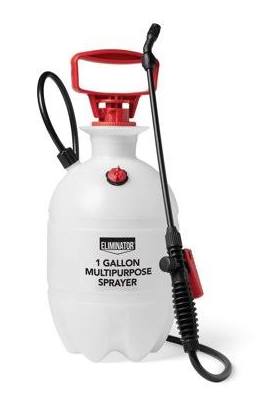Same tool, slightly different trick.
Ye olde Maytag performed both as well.
@GrzA yep, a pressure sprayer along the lines of 
Would absolutely give a minimal viable product when paired with a foot powered cannabis disorienter (mop bucket). If the vent were replaced with a prv, one could do stupid things like drop dry ice directly in to both cool & pressurize the solvent.
Really concerned that I might have to actually implement this.
Note that this one already comes with a name…eliminate those nasty FECO traits from your RSO.
…which may or may not be a worthwhile goal.
There are a LOT of 2ndary metabolites in cannabis